Returning to the site of a cherished travel experience can be risky. What if, under different circumstances, the spell is broken? Luckily, the magical Vumba Mountains in Zimbabwe reward a repeat visit, particularly for birding. By Morgan Trimble
Within minutes of starting our morning bird walk in Zimbabwe’s Vumba Mountains, we’d seen what we came for – a Red-faced Crimsonwing. On our previous visit, we’d missed this tiny forest finch. This time, our guide, Buluwesi, heard the bird’s soft “tseet tseet” call wafting from the forest edge. I could barely hear the call, let alone pick it out from any other “tseet tseet” bird. But there it was. And there we were, grinning once again, above a stunning view into Mozambique.
We first visited the Vumba (also spelled Bvumba) in 2019 in the middle of a 5,000 km overlanding trip through Mozambique and Zimbabwe. A few nights in the Vumba mountains offered welcome respite from the November heat. We camped at Seldomseen Cottages and booked birding walks with resident guide Buluwesi Murambiwa. His talent blew us away. He showed us around Seldomseen’s private forest, the Vumba Botanical Gardens, and Cecil Kop Nature Reserve in Mutare. Over three walks, he helped me add an astounding 24 new species to my bird list. He is not just the best bird guide I’ve encountered; he’s probably the best person at his job of anyone I’ve met. Birding with him is incredible, and even non-birders will be awestruck by his skills.
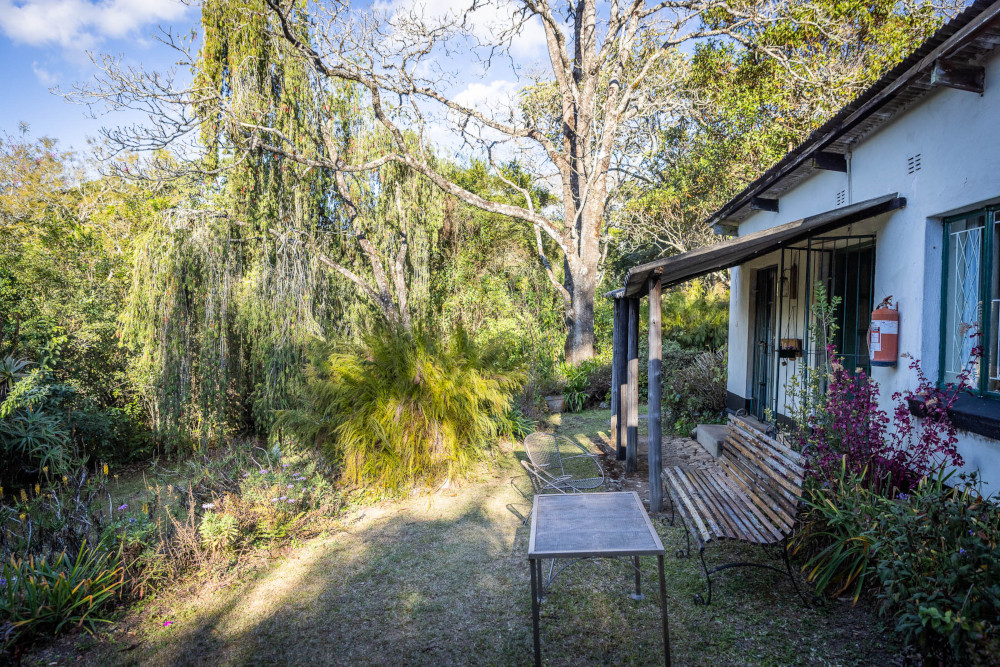
Birding the Vumba
Zimbabwe’s Eastern Highlands is a birding mecca home to several endemics including Roberts’ Warbler and Chirinda Apalis. It’s the best place in the southern African subregion to tick many rare species, like Swynnerton’s Robin and Stripe-cheeked Greenbul. Forest birding is notoriously difficult, and the lush Afromontane forests that carpet ravines in the Vumba are no exception. Recognising birds by call helps locate species bouncing through thick foliage. For Buluwesi, birding is 98% auditory. He rarely raises his binoculars, usually only to confirm an ID made by ear.
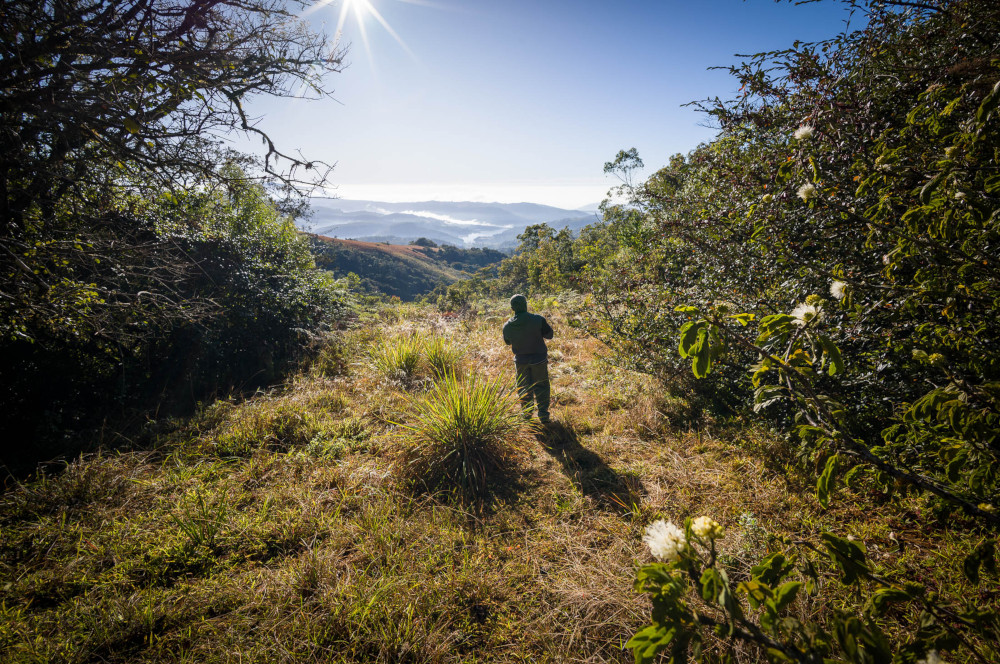
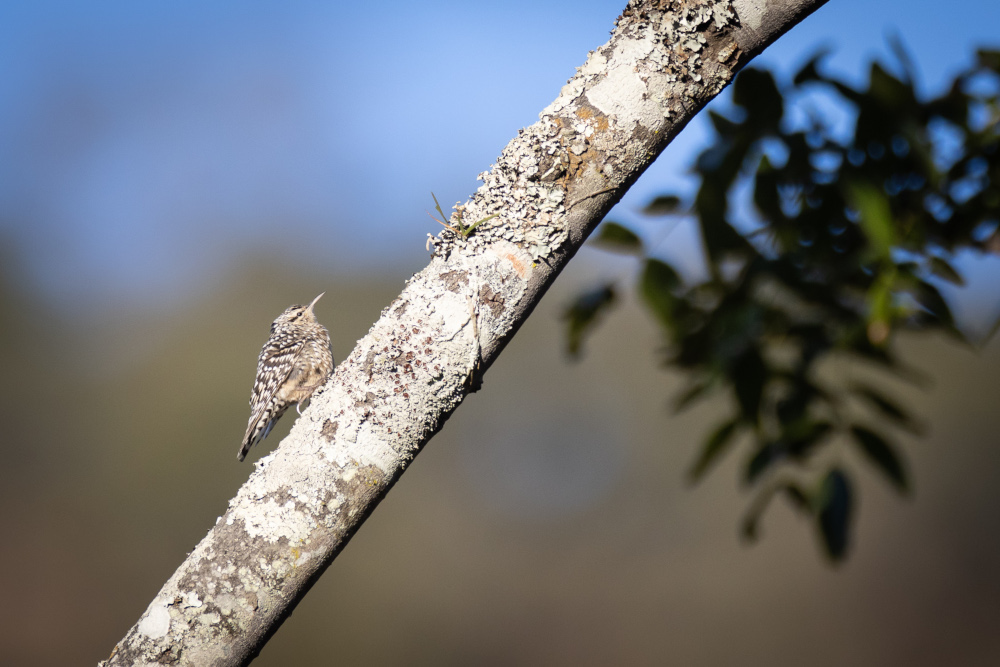
Fluency in bird language comes in handy in other habitats, too. The Vumba features swathes of stunted miombo woodlands where cacophonous bird parties waft in and out of view. These fast-moving, multi-species foraging flocks can overwhelm novice birders. With his well-trained ear, Buluwesi pointed out miombo specials in rapid succession including Cabanis’s Bunting, Miombo Tit, Cinnamon-breasted Tit, Miombo Rock Thrush, and the elusive Spotted Creeper, which we were delighted to finally see. The best spots in the Vumba for miombo birding are at roadside pull-off near the turn to Burma Valley and at Cecil Kop Nature Reserve in Mutare. In the Vumba’s rolling grasslands, too, a trained ear helps pick out cisticola species.
Local highlights: cake and chameleons
There’s more to Vumba than birding, and overlanders will enjoy discovering local attractions along winding mountain roads. Hiking is a popular way to soak up the views. Seldomseen and the Bunga Forest Reserve have popular trails. Check out the Vumba Botanical Gardens for more leisurely walks. Keep an eye on the forest canopies for samango monkeys and mutable sun squirrels. It takes a much keener eye to spot the endemic Marshall’s pygmy chameleon, camouflaged in shrubs. (Buluwesi showed me one in Seldomseen’s plant nursery). The historic Leopard Rock Hotel, which has hosted royalty, statesmen and celebrities since opening in 1946, has a golf course and walking trails worth a look. On our recent visit, the hotel and restaurant were closed so phone ahead if planning to visit.
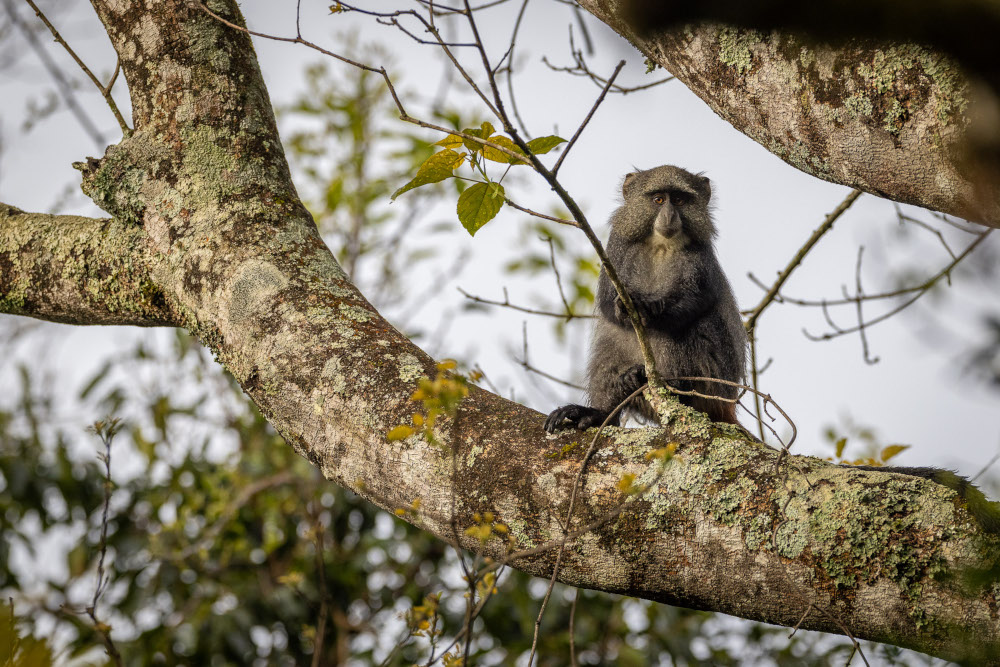
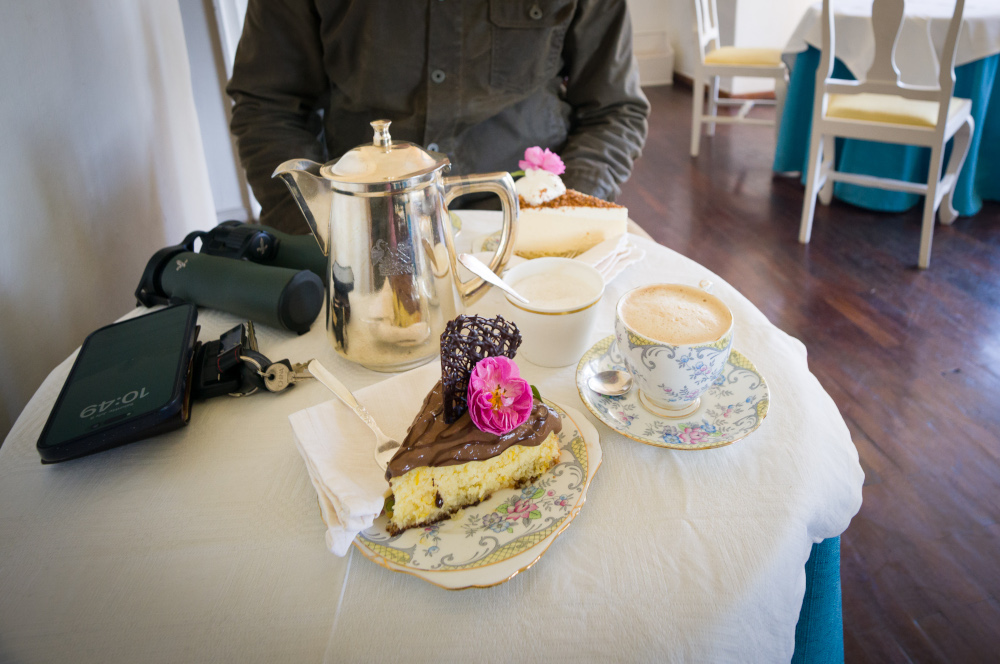
Tony’s Coffee Shop will more than replenish the calories burned while hiking. Tony’s is a Vumba institution in operation for nearly three decades. On our visit, owner Tony Robinson greeted us with a list of about 100 teas on offer, followed by delectable descriptions of the eight cakes available for the day. Our choice fell on coconut chocolate cake drenched in orange syrup, caramel white chocolate cheesecake, and a pot of café latte. As we enjoyed our treat we overheard Tony giving instructions to a delivery driver picking up a birthday cake. The two packed the cake with ice bricks to ensure a safe arrival at the party – all the way in Mozambique.
A special night out
For dinner one evening, we navigated the dark and twisting Lauranceville Road to the much-recommended White Horse Inn. I was expecting a casual tavern, so the formality at this country retreat surprised me. We were ushered into a cozy lounge with a small bar counter, crackling fire, and plethora of horse-themed art. Here we enjoyed pre-dinner drinks and ordered from an extensive dinner menu. We were then escorted to red velvet chairs in the main dining room where a waiter in a suit and bow tie served a soup course followed by chicken Kiev and T-bone steak. We were the only diners on a Friday night, although we did see some hotel guests on our way out. The lush garden around the inn’s pool looked like an appealing place to spend an afternoon.
Getting to Vumba
Vumba is an excellent extension to many itineraries in the region. Chimanimani National Park to the south and Nyanga to the north round out the Eastern Highlands experience.
In 2019, we visited Vumba from Gorongosa National Park in Mozambique. The 4.5-hour, 250km route passes through Chimoio on a good tar road (N6), through the Machipanda/Forbes Border Post, and through Mutare before climbing into the Vumba.
This year, we added Vumba onto an adventure in Gonarezhou National Park. From Chipinda Pools Gate, the 340km route passes through the Malilangwe Trust onto the A10, A16, and A9 where a right turn before Mutare climbs into the Vumba. This route is good, sparely potholed and took about 4.5 hours. The Birchenough Bridge over the Save River is a short detour west at the A9 turnoff.
Vumba is also about 4 hours from Harare, 290km on the A3. Heavy trucks and weekend traffic crowd this route and can make the journey much slower. Be careful: we saw two tyres detach from a speeding bus and bounce hundreds of meters downhill through traffic.
Travel tips
To book guided bird walks, email Seldomseen Cottages at ehumhe@zol.co.zw or contact Buluwesi Murambiwa directly on +263 712 978 786.
Friends of the Vumba run regular hikes through this scenic area. Follow their Facebook page to see what’s on.
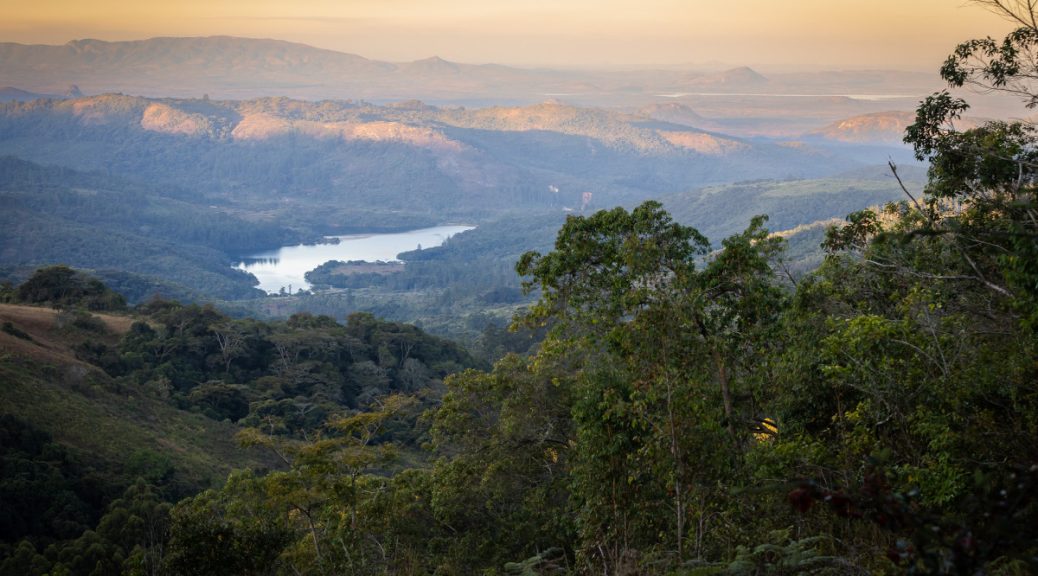

The Vumba is a magical place, very close to where I spent a lot of my childhood. The valleys, log fires and endless pine forests make it a great place to visit if you are looking for some down time 🙂
Vumba Mountains are very Nice our Highlights are Tony’s Coffee Shop and the Leopard Rock Hotel.
Been there 2015
Thanks for sharing your experience. These are definitely must-do Zimbabwean experiences.
I was there in in the mid nineties and absolutely love everything about Zimbabwe but it has now become far to expensive for South Africans!😢